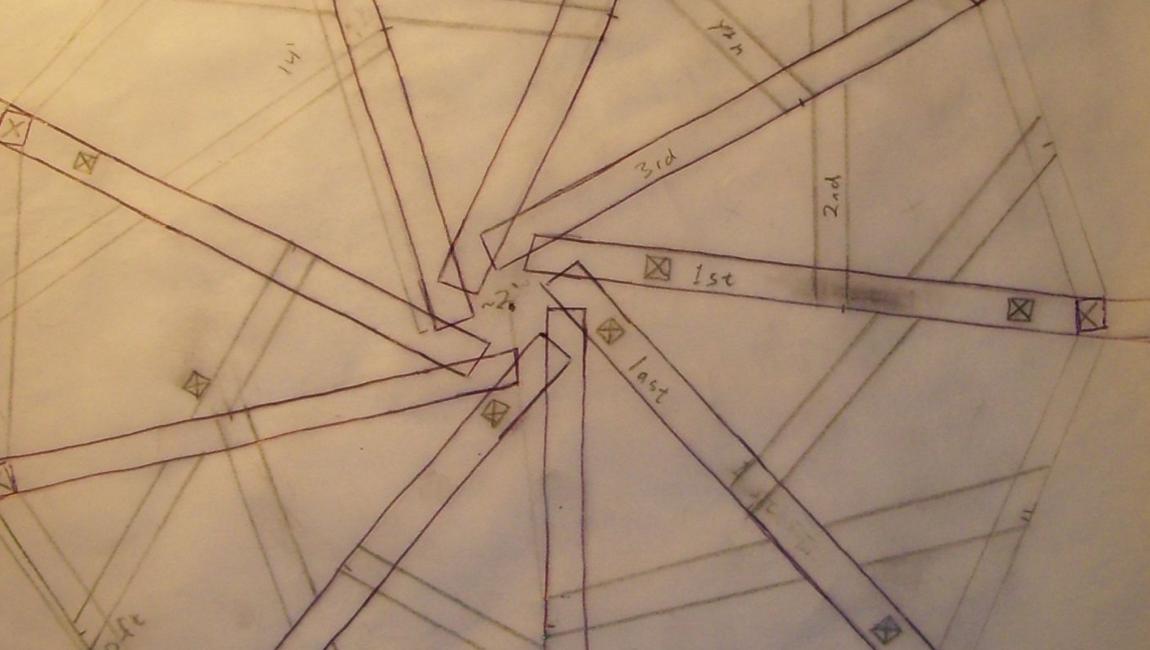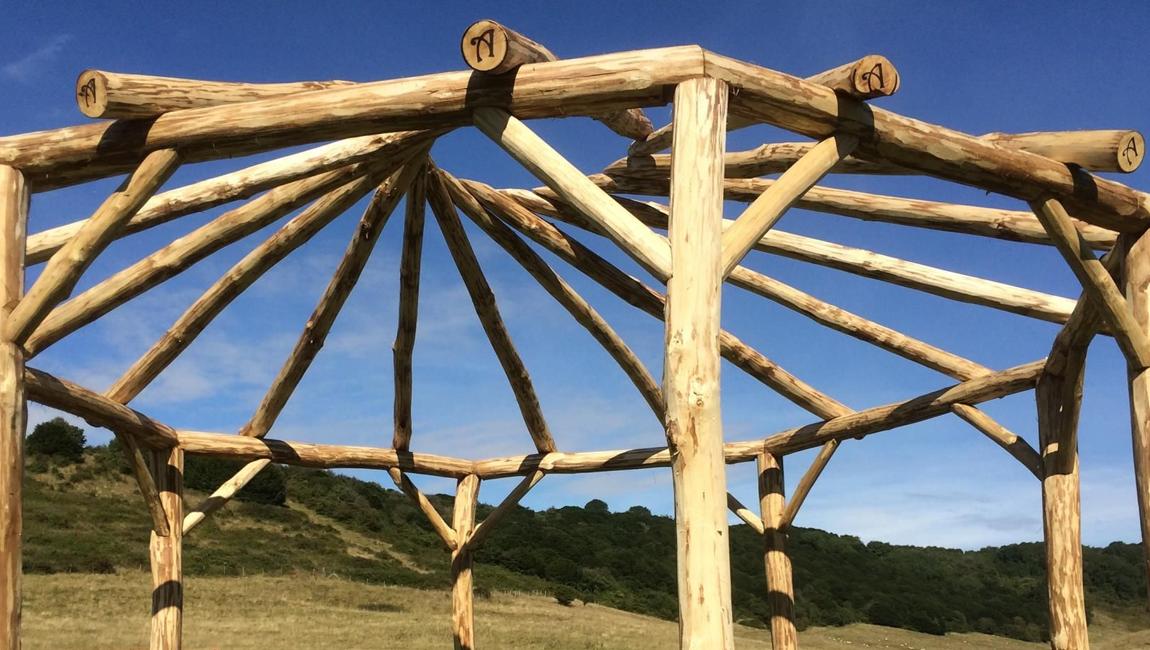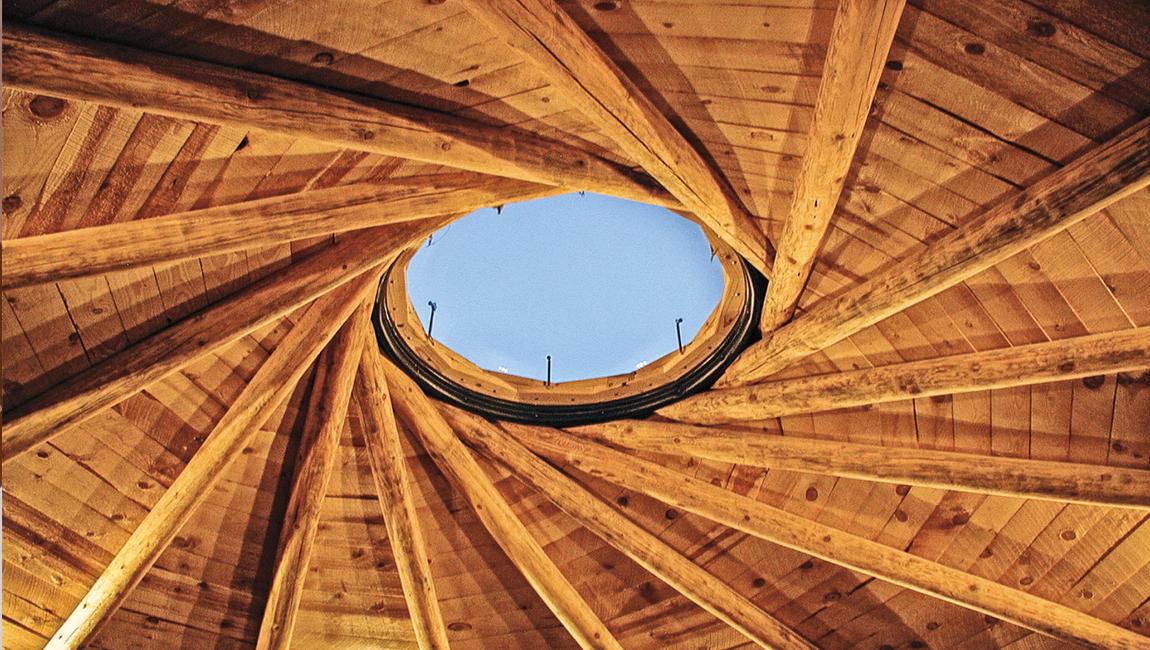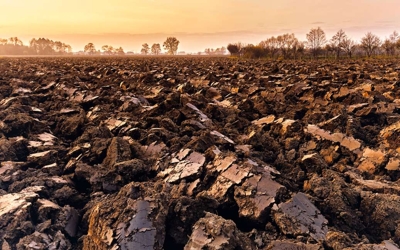Long before modern engineering marvels, builders in various cultures relied on simple, yet ingenious techniques to create strong, self-supporting structures. One of these ancient methods, known as the reciprocal roof, has withstood the test of time for its simplicity, functionality, and natural elegance.
The reciprocal roof is a fascinating design that involves a series of interlocking beams arranged in a circular pattern. Each beam rests on the previous one, creating a self-supporting framework that does not require a central column or support. Instead, the beams support each other, distributing the weight evenly and creating a stable, efficient roof structure.

A Simple Yet Powerful Design
At the heart of the reciprocal roof is a principle rooted in cooperation—each beam shares the load of the others, resulting in a structure that is stronger than the sum of its parts. By interlocking the beams in a spiral or circular pattern, the weight is distributed across the entire roof, eliminating the need for a central pillar. This unique arrangement not only enhances the strength of the roof but also allows for open, spacious interiors with no intrusive support beams blocking the view.
The beauty of a reciprocal roof is also in its natural symmetry. The curves of the beams, as they spiral toward the center, create an aesthetically pleasing shape, evoking the feeling of being enveloped in nature itself. It’s as if the roof is a natural extension of the earth below, held together by the earth’s own forces.
Building with Nature
Historically, reciprocal roofs were often used in small, rural buildings, such as barns, homes, and huts. These structures relied on materials that could be sourced locally, like timber, and the technique itself was adaptable to the resources available. In many ways, reciprocal roofs are the ultimate expression of sustainable design—using natural, locally sourced materials in a way that requires little more than human ingenuity and craftsmanship.
Today, the beauty of reciprocal roofs is being rediscovered in modern eco-building projects, from off-grid homes to greenhouses to workshops. Their ability to support a large roof with minimal materials makes them an ideal choice for sustainable living spaces, especially when combined with natural materials like wood, straw, and clay.

The Reciprocal Roof in Our Projects
At our off-grid project, we’ve embraced the reciprocal roof as both a functional and aesthetic choice. The triangular design of our mini reciprocal roof in the outdoor workout zone supports the structure while leaving ample room above the bars for an unobstructed workout area. The simplicity of the design not only enhances the overall structure but also aligns perfectly with our goal of creating sustainable, self-sufficient spaces that respect both nature and craftsmanship.
Through the use of reciprocal roofs, we honor a timeless building tradition—one that is both strong and simple, efficient and beautiful. This design has stood the test of time because it works in harmony with the forces of nature and the materials at hand, and in today’s world, it’s more relevant than ever.
Why Choose a Reciprocal Roof?
The reciprocal roof represents a return to simplicity—where craftsmanship meets nature. Whether used in off-grid homes, community spaces, or sustainable buildings, it offers a durable, aesthetic, and eco-friendly solution. It’s not just a roof; it’s a way of connecting with the environment and embracing sustainable building practices that can stand the test of time.











